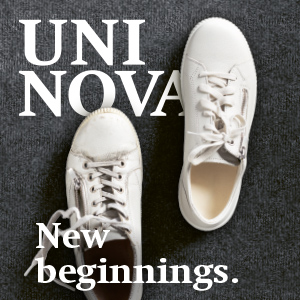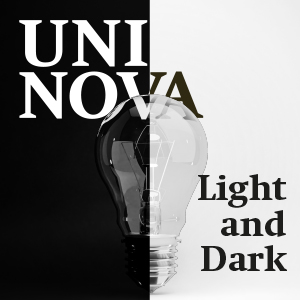UNI NOVA – Research Magazine of the University of Basel
-
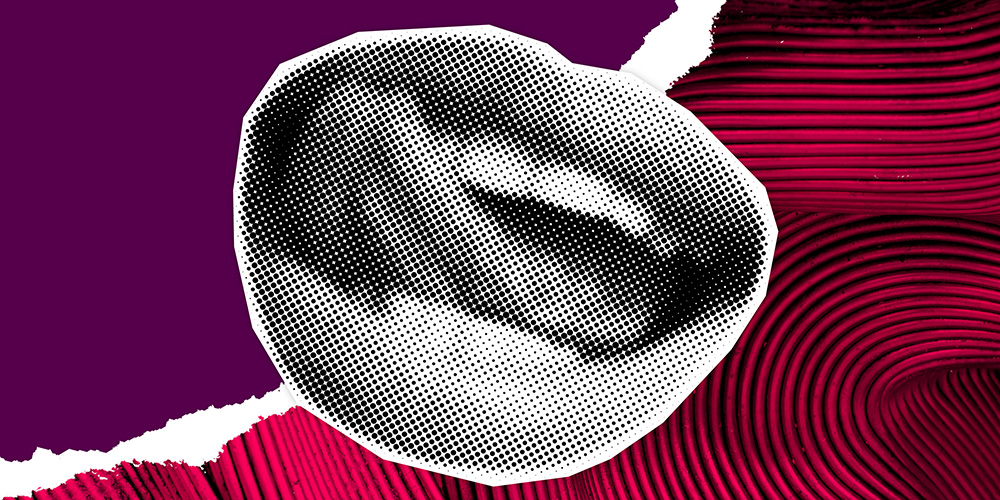 Dossier
DossierReplacing lost teeth.
Text: Christel Möller / Dental implants should integrate seamlessly into the mouth and ideally last a lifetime. Scientists are researching the best material to achieve this.
-
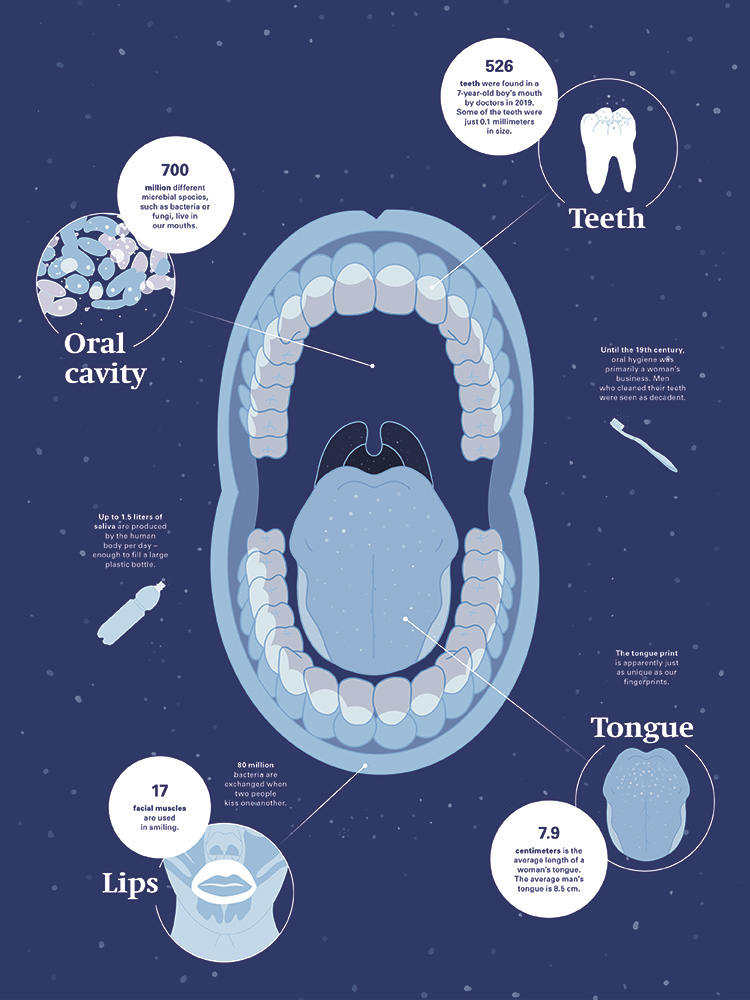 Dossier
DossierThe universe of the mouth.
Illustration: Olivia Fischer / How much saliva do we produce? How long is the tongue? Join us on a journey through a small cosmos that accompanies us every day and serves us well.
-
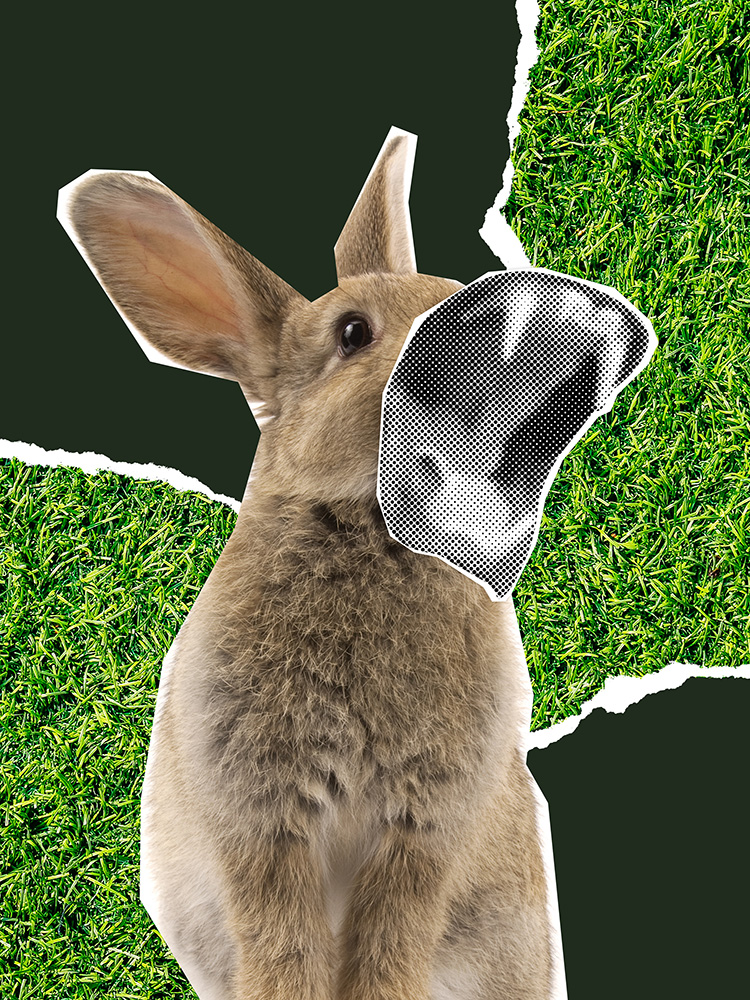 Dossier
DossierFrom maws to mouths.
Text: Angelika Jacobs and Noëmi Kern / Whether fishes or great apes, vertebrates have developed an incredible variety of mouth types. What do we know about their history and origins?
-
 Dossier
DossierOur ever-shrinking chops.
Text: Noëmi Kern / Can sex be determined from the size of the jawbone and teeth? And how are human teeth evolving? Answers from the field of anthropology.
-
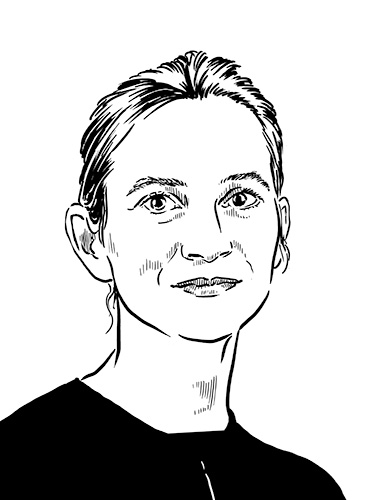 Opinion
OpinionWhy do we need animal testing, Ms Barkat?
Text: Tania Rinaldi Barkat, neuroscientist / Experiments on animals provide fundamental insights and enable progress in medicine. However, they raise ethical and political questions. Perspectives from the field of neuroscience on the uses and the future of animal testing.
-
 Opinion
OpinionWhy do we need animal testing, Mr Müller?
Text: Nico Müller, philosopher / Experiments on animals provide fundamental insights and enable progress in medicine. However, they raise ethical and political questions. Perspectives from the field of philosophy on the uses and the future of animal testing.
-
 In pictures
In picturesCoins for the gods.
Text: Noëmi Kern / The Septimer Pass in the canton of Graubünden has long been an important Alpine crossing. Archaeological artifacts such as coins bear witness to this.
-
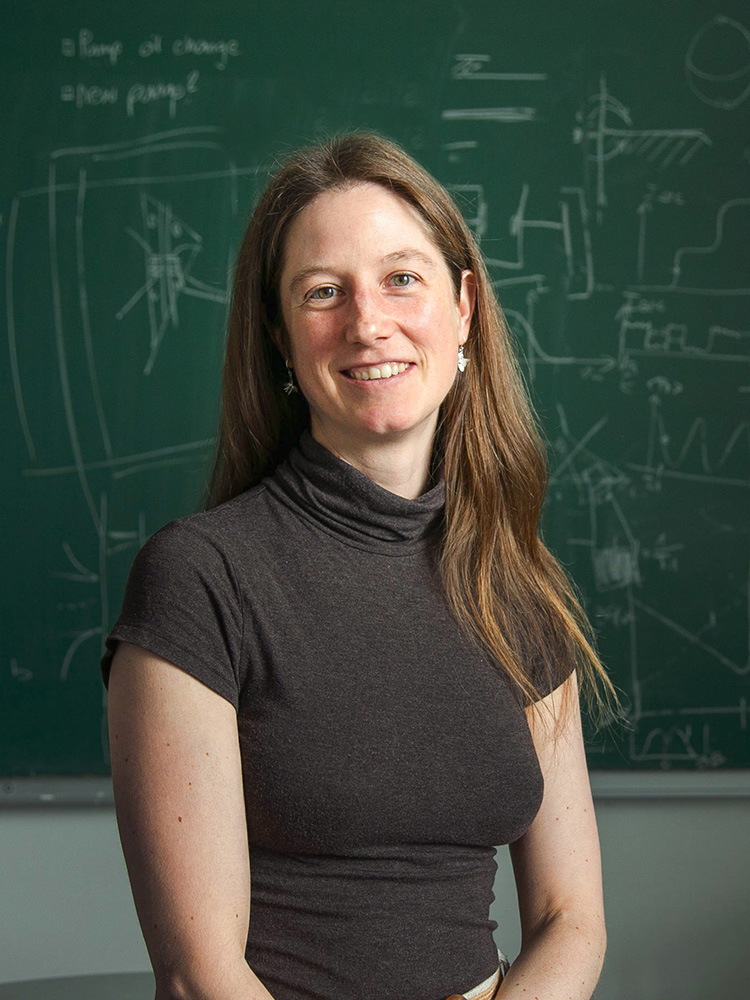 Portrait
PortraitInspired by the intangible.
Text: Irène Dietschi / Despite just two years of physics at high school, Andrea Hofmann chose to study the subject in Zurich. Today, she develops qubits with her research group in Basel.
-
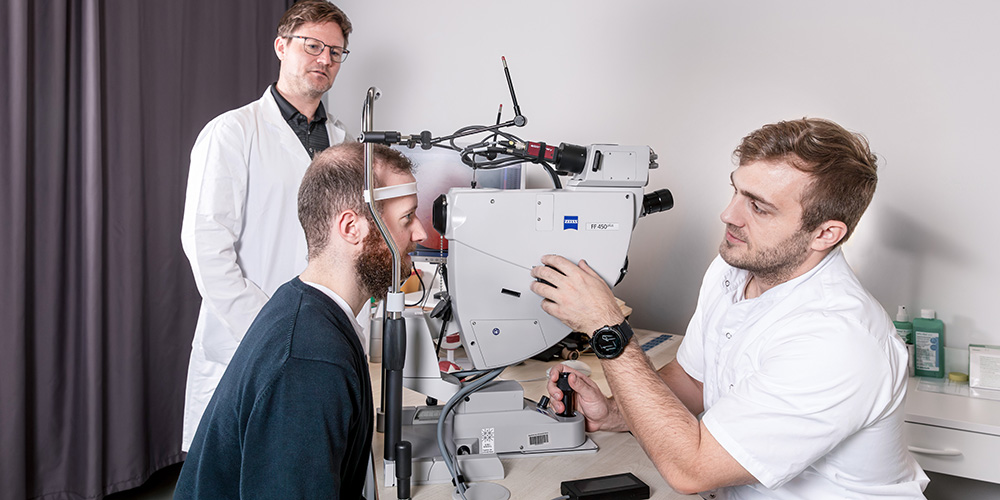 Research
ResearchWhat the eyes reveal about the heart.
Text: Adrian Ritter / By examining the blood vessels of the eye, we can assess the health of vessels throughout the body. This method was developed in large part by researchers at the University of Basel. Now, it’s making its way into clinical applications.

